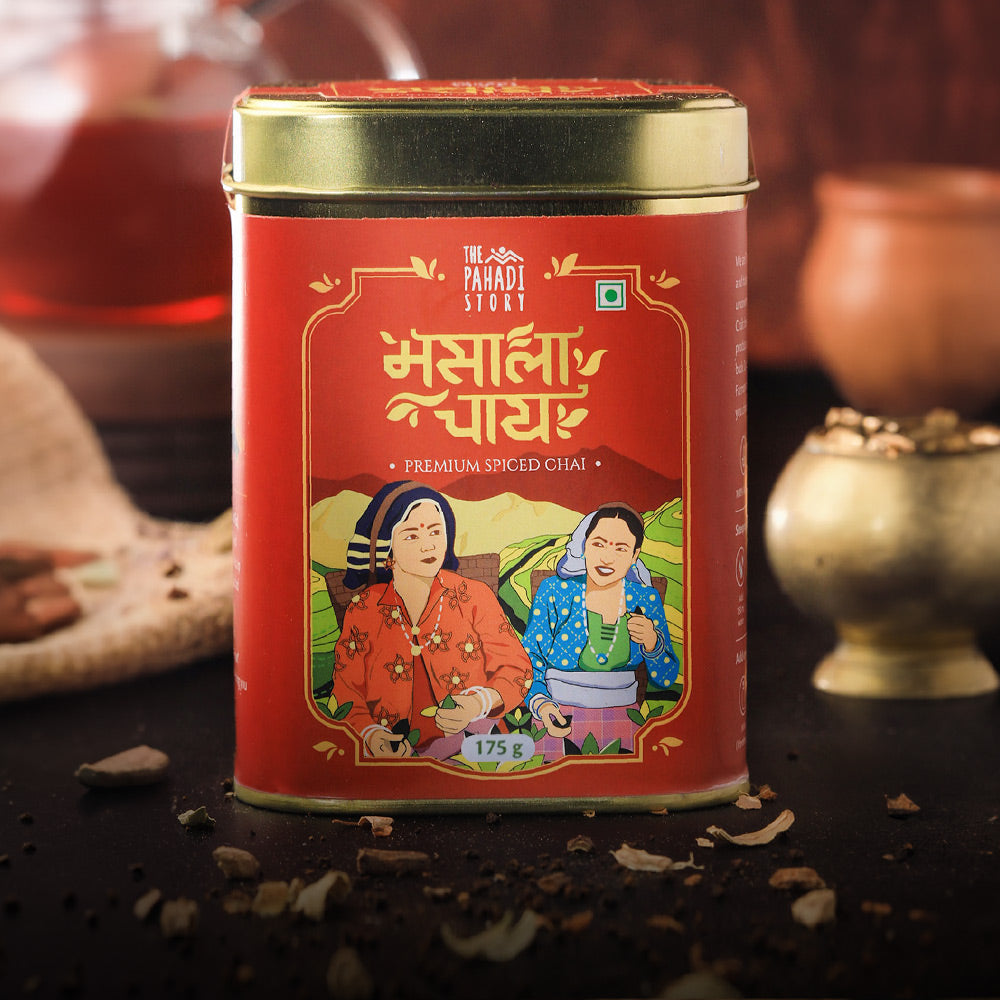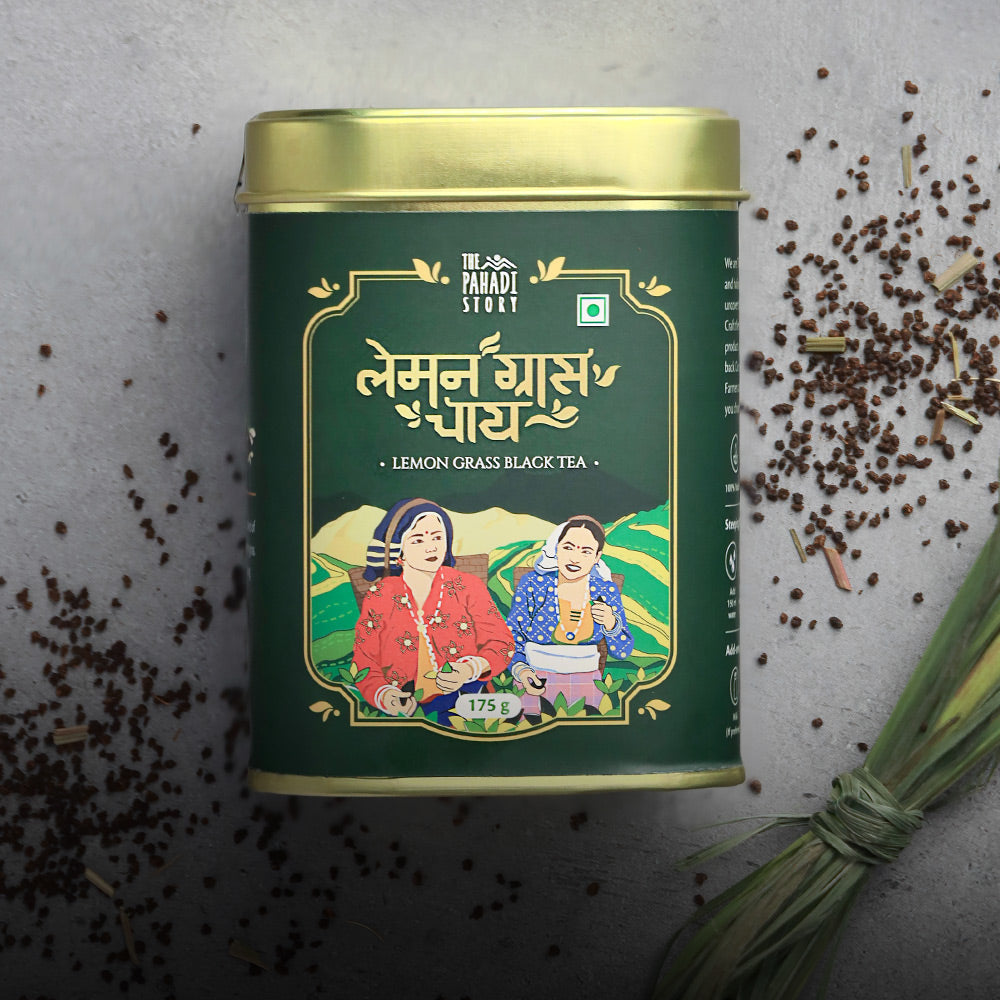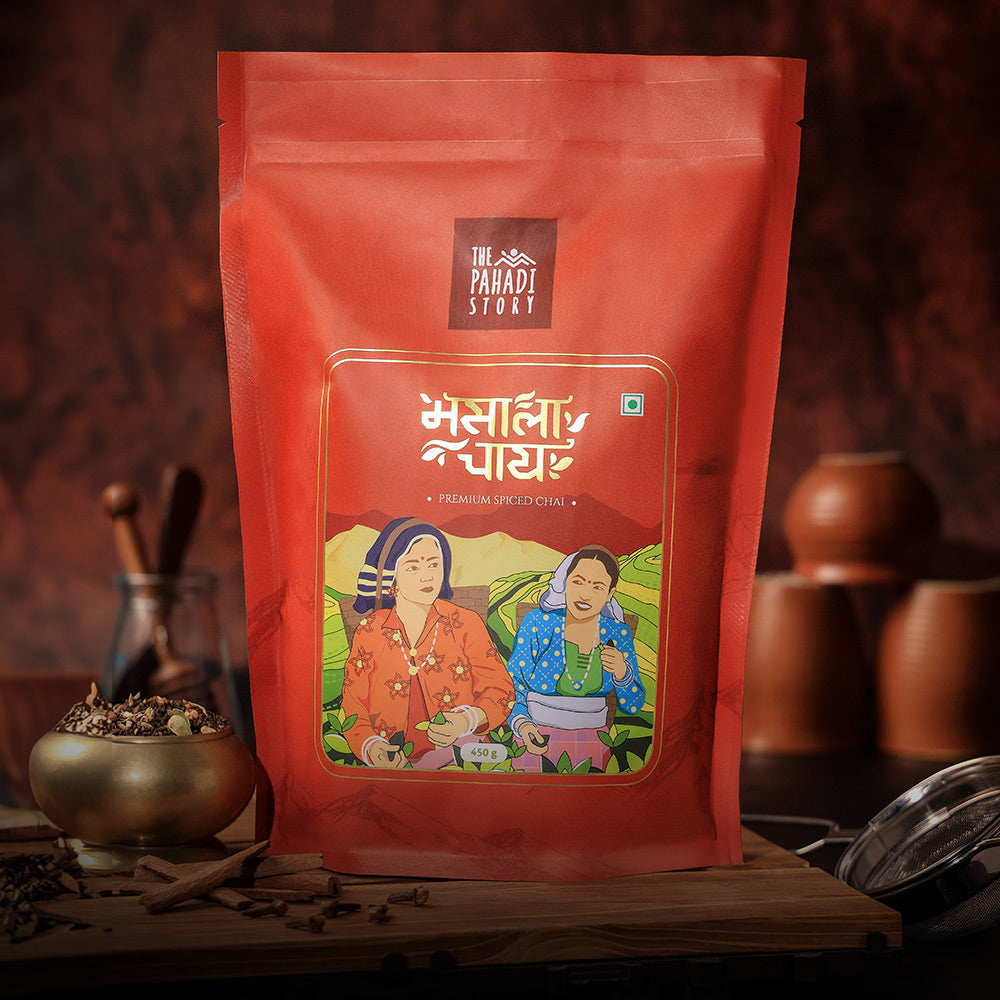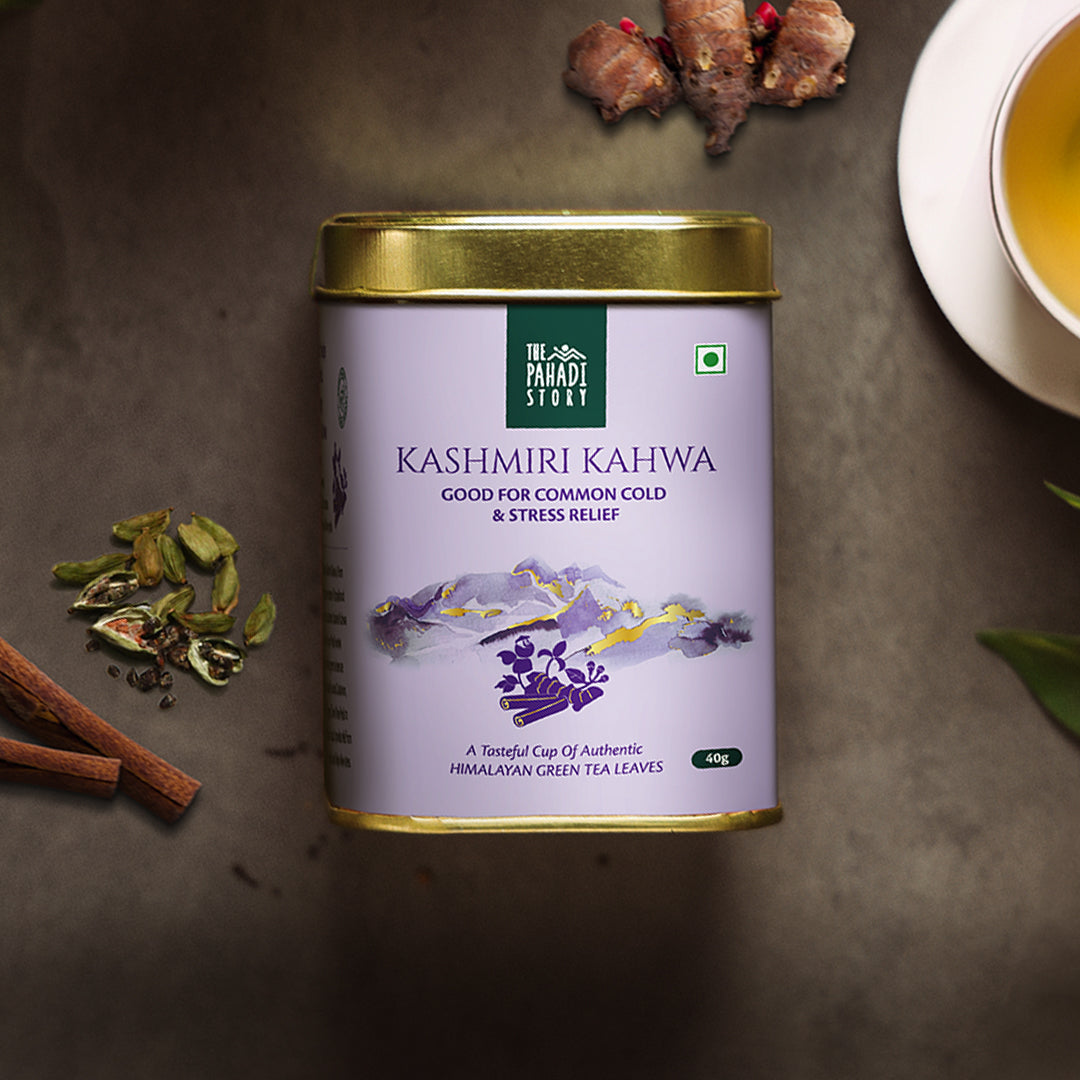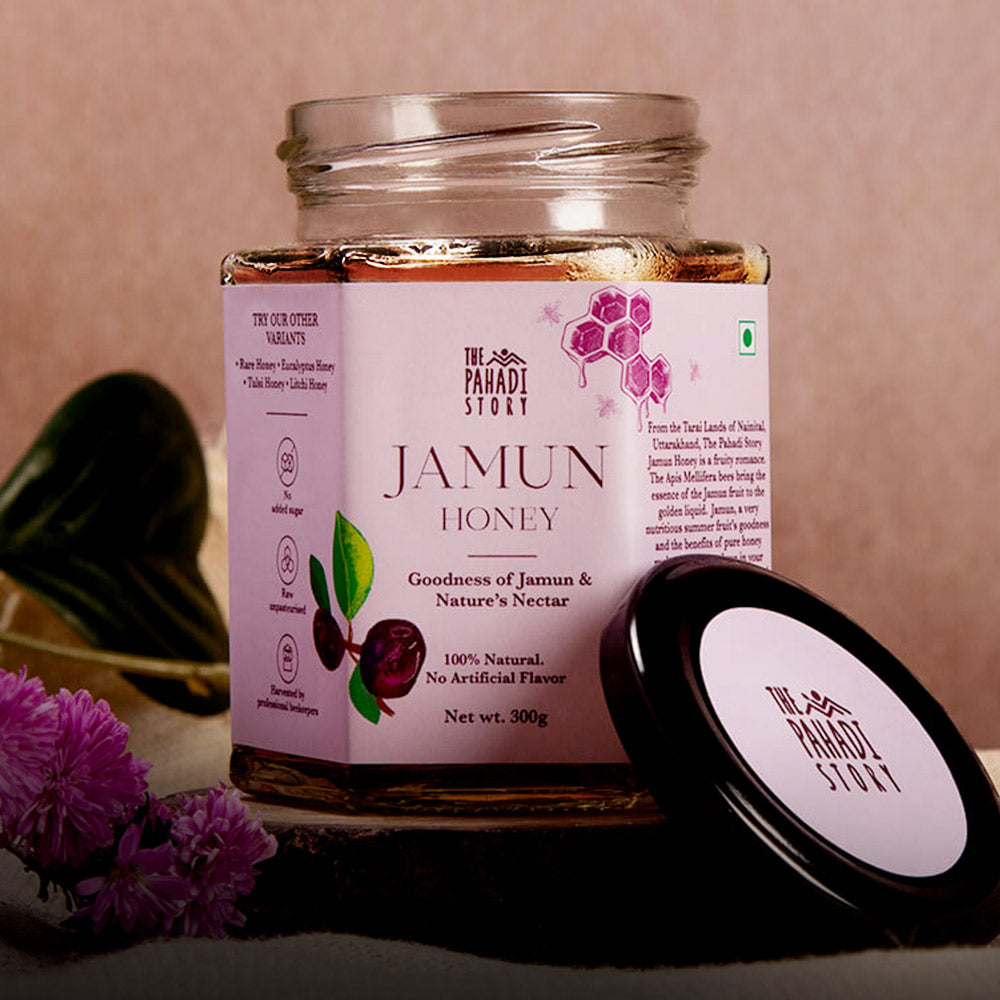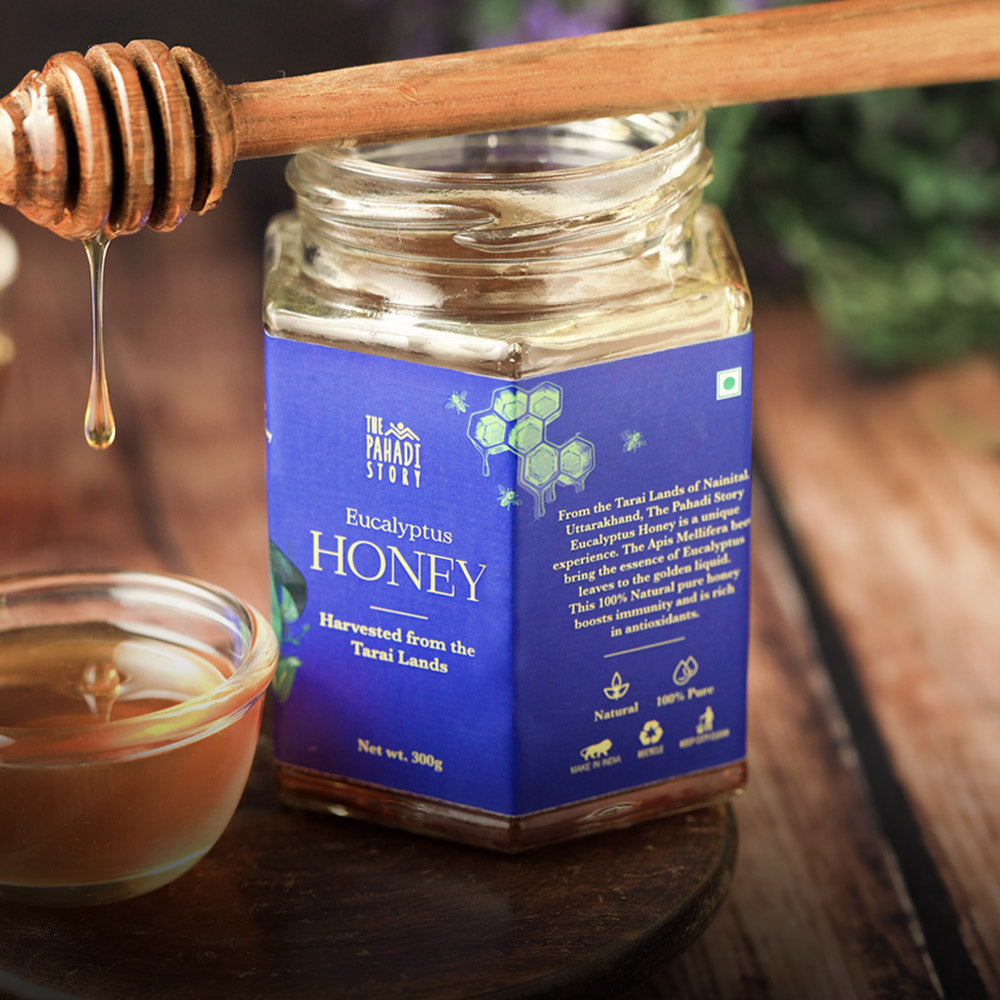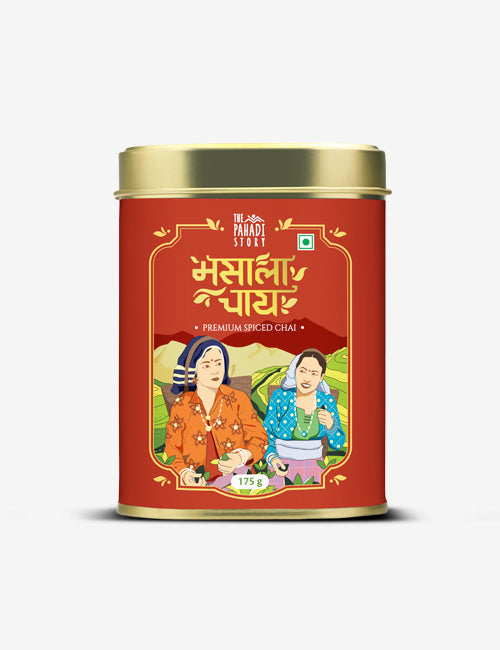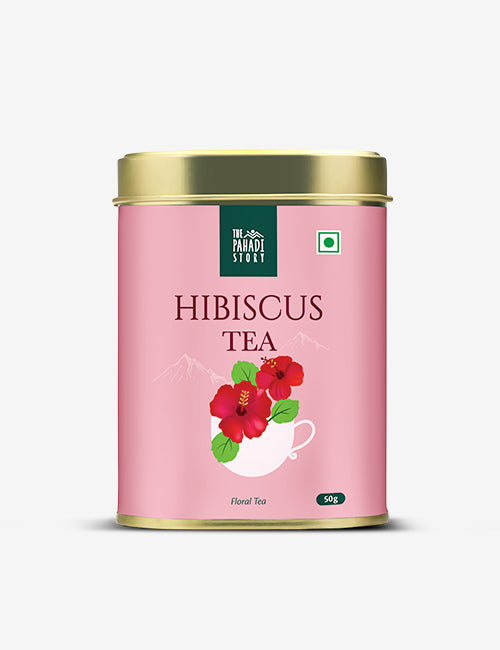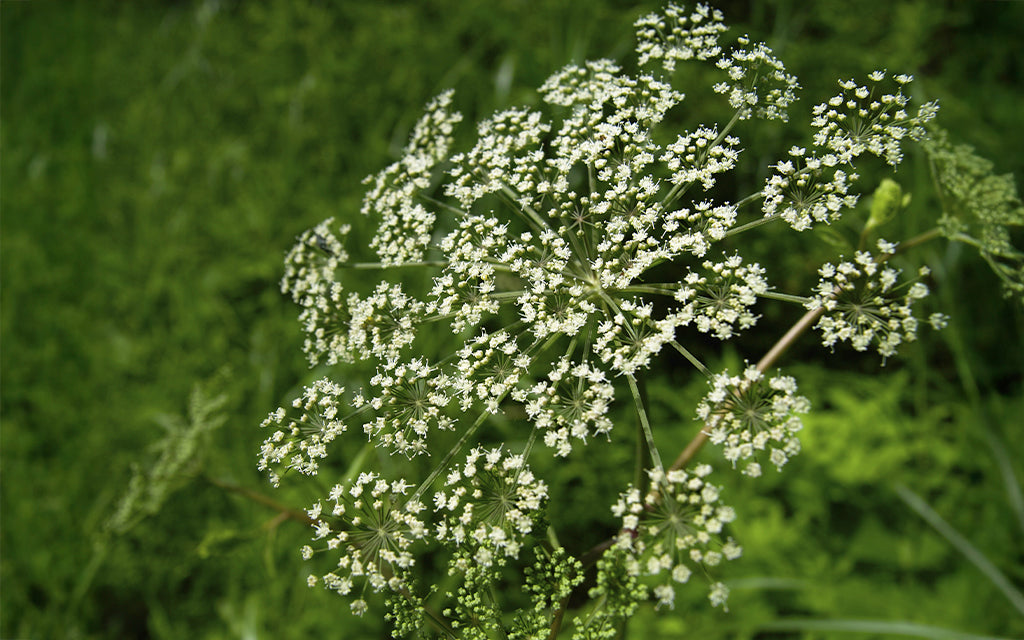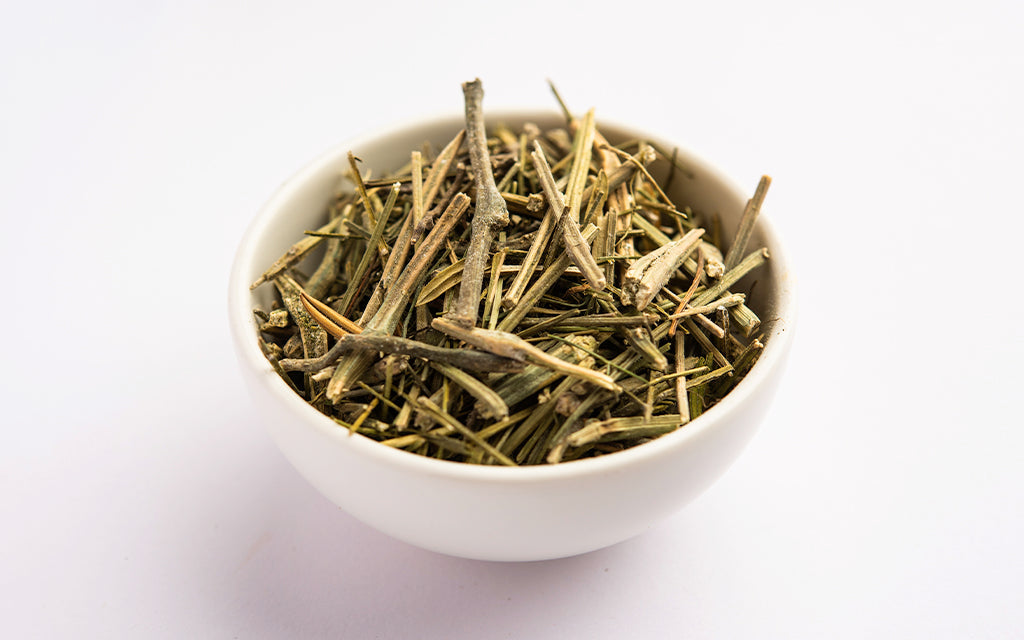Ativisha: Indian Ateech is a well-known perennial erect herb growing in the beautiful alpine and sub-alpine areas of the Himalayas. The Ativisha root has been really a great ingredient in several Ayurvedic medicines. The greenish-blue flower of Ativisha plant is beautiful and medicinal, too.
What is Ativisha?
A tall herb from the beautiful Himalayan region, Ativisha or Atis, as people commonly address it, is a popular Ayurvedic herb known for its several benefits. It is known to grow in Sikkim, Nepal and Chumbi area.
Atis plays a great role in maintaining good digestive health. It is full of carminative features besides having pathogenic microorganisms. It is full of antibacterial activities and is known to assist in healthy weight management. It might help in reducing HDL cholesterol levels. Ayurveda has a lot to say about Ativisha as it balances Tikta and Kapha properties well. It is a complete immunity booster, for sure.
Ativisha herb is full of benefits, and as per Ayurveda, it has been used in multiple ways since then. It might help you beat colds and coughs as it is full of Ushna properties. Due to this property, when it is mixed in honey and consumed, people may feel quick relief from cough and cold, and slowly, one can experience mucus being removed naturally.
Some Ayurvedic doctors have also mentioned Ativisha and its name can be read in several Ayurvedic books like Nighantus, Chikitasagrantha, Laghutrayee, and Brihadtrayee. People suffering from tonsilitis and throat issues have constantly governed about how good Atis seeds work for them when mixed with honey. Migraines are deadly, and people look for ways to get rid of them. According to Ayurveda, Atis root might help you with it.
Note of Advice: Never take excessive Ativisha; always consult your health specialist before taking it.
History of Ativisha
If you will check the Ayurvedic books back from the 15th to 16th century, you will find that Ativisha is regarded as Abhava Dravya, which means a rare or extinct drug. Often, it was seen that Ayurvedic doctors used the substitutes of Ativisha in several medicines, like Musta, scientifically called Cyperus Rotundus. It was done as Ativisha was not easily available. Due to its medicinal properties, it was seen as a common ingredient in most Ayurvedic medicines back then.
Different Names of Ativisha
Besides several Ativisha benefits, it has different names in different languages. In Hindi, it is called Atees, and in Sanskrit, it is named Ativisha.
The English name of Ativisha is Indian Ateech, and in Latin, you will find it being referred to as Aconitum Heterophyllum Wall. It is also known as Vishva, Kahmeera, Atushi, Bhangura, Shuklakanda, Atis Root, Aatich, Atibage, Ativasa, Atisa, Atividyam, Atihage, Atihage, Aatich, Atushi, Ativikhani Kali, Visa, Ati Vasa, Ghunapriya and Aruna.
Aconitum Heterophyllum Benefits
While discussing Aconitum Heterophyllum Benefits, you need to understand people are discussing benefits more than what one can obtain from Aconitum Heterophyllum Root.
This wellness products helps overall wellbeing in several ways, like the following:
1. Might Help With Better Digestion
In Ayurvedic terms, Pitta dosha often attracts indigestion or unstable digestion. It is termed as Agnimandya in the Ayurveda. This is a situation which occurs when the food you eat fails to digest properly. This situation occurs due to low digestive fire or Mand Agni. Slowly, this leads to Ama, which is nothing but the toxic remains that are left in the body as the digestion feature is not functioning properly. Atis might play a great role here by managing the digestion system properly.
Ativisha checks Ama's smooth digestion as it possesses the capability to smoothen the Deepana and Pachana functions.
2. Might Help To Control Vomiting
Vomiting is a health condition that brings uneasiness after and before it happens. The reason behind this is the imbalancing tendency of three doshas: Vata, Pitta, and Kapha. However, one cannot deny the role of Kapha, and Pitta is more in vomiting. Imbalancing or disruption of these doshas could be for several reasons. The common reason for this could be the wrong lifestyle and bad food habits. People like to consume more Teekshna or spicy, Amla or sour, Kahya or pungent, Ati Sheeta or too much cold food, Kashaya or stale food, Vidahi or food bringing a burning sensation, Guru or heavy food, and raw food or Apakwa Ahara. No wonder all these foods may add taste to your taste but are not healthy for your gut or digestion and slowly may cause Ama or unhealthy digestion. Atis might help you here as it is full of Pachana or digestive, Deepana or appetizer, and Tridosha balancing properties.
3. Might Help In Diarrhea
Diarrhea is a situation where the stool frequency increases unevenly in a day. This is due to the Vata dosha, which happens when the digestive system abruptly opens. The role of unhealthy food is indeed high here, but contaminated water, Ama, and any kind of stress also hold equal responsibility here. Ativisha might help to maintain a healthy digestive system with its unbeatable properties.
Precautions While Using Ativisha
Ativisha is full of healthy properties, but as the suggestion goes, one should always follow some precautions to ensure you can only enjoy the benefits and ignore any unwanted situations.
- The first set of advice while trying anything new is to consult your health specialist to understand how your body will likely to react to this herb.
- Take care of your overall diet; even an elixir taken with the wrong diet will never be beneficial.
- Do not take Ativisha in raw form; take it only in the way your doctor recommends, and follow the dosage as well.
- It is good to avoid anything without a doctor's consultation when you are pregnant and breastfeeding your child.
- People suffering from chronic disease should never try anything new without their doctor's advice.
- People on regular medication should ensure that their medicine will not have any adverse effects if taken together.
- Stop taking it if you feel nausea, vomiting, dry mouth, weakness, tremors, sweating, heart ailments, or heart problems.
Don't Give A Break To Your Healthy- Try The Healthy Ativisha Now
Some herbs follow the fact: Count the blessings, forget the rest! Ativisha is one such herb and has several unbelievable benefits. It has several bio-active ingredients besides curative qualities, which makes it so popular and desirable.
Next time when you find yourself suffering from any dosha, try this herb to roar as a healthy soul!
frequently asked questions
-
What is the chemical composition of Ativisha?
-
From which family, Ativisha belongs?
-
What kind of habitat is essential for Ativisha?
-
Which part of Ativisha has medicinal properties?


